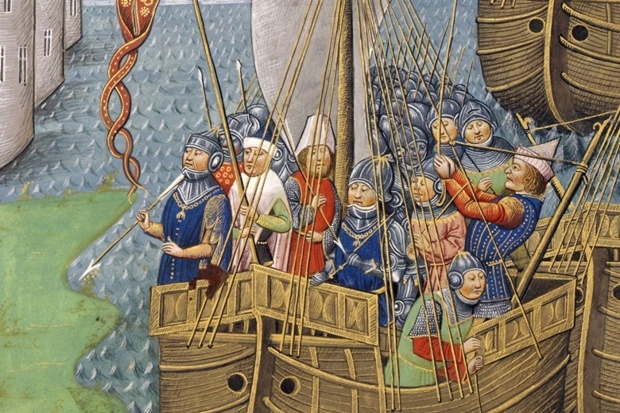-
Tips for becoming a good boxer - November 6, 2020
-
7 expert tips for making your hens night a memorable one - November 6, 2020
-
5 reasons to host your Christmas party on a cruise boat - November 6, 2020
-
What to do when you’re charged with a crime - November 6, 2020
-
Should you get one or multiple dogs? Here’s all you need to know - November 3, 2020
-
A Guide: How to Build Your Very Own Magic Mirror - February 14, 2019
-
Our Top Inspirational Baseball Stars - November 24, 2018
-
Five Tech Tools That Will Help You Turn Your Blog into a Business - November 24, 2018
-
How to Indulge on Vacation without Expanding Your Waist - November 9, 2018
-
5 Strategies for Businesses to Appeal to Today’s Increasingly Mobile-Crazed Customers - November 9, 2018
Buried wreck could be 600-year-old royal ship
After the king’s famous victory at Agincourt, experts believe the wreck found in the River Hamble could be a 600-year-old vessel used by him in his conflict against France.
Advertisement
Signs of its buried remains were spotted by the historian Ian Friel while studying aerial pictures of a medieval breaker’s yard at Bursledon on the Hamble, where Henry’s flagship, the Grace Dieu, had been found in the 1930s.
The heritage group believes the ship played a key part in two of the most significant battles of the Hundred Years’ War, which ran from 1337 to 1453 and centred on tensions around the overseas possessions of English kings.
In the Battle of Harfleur, in 1416, the Holigost suffered serious damages as the flagship of the Duke of Bedford. The vessel was also part of the historic Battle at the Chef de Caux, in 1417.
Historic England is now taking steps to protect and investigate the shipwreck.
On October 25, 1415, Henry led his troops to a major English victory in the Hundred Years’ War near what is now called Azincourt in northern France – a battle immortalized by William Shakespeare in Henry V. To investigate a ship from this period close to the 600th anniversary is immensely exciting.
“It may have been the humbler ships that actually did most of the work, but these great ships were floating symbols of power and prestige, richly ornamented with elaborate carvings, flying huge flags, towering over the much smaller merchant ships”, Ian Friel, a historian who specializes in Henry V’s warships told The Guardian.
“It holds the possibility of fascinating revelations in the months and years to come”, he added.
The warship, which weighed around 750 tons, was reconstructed from a Spanish vessel, the Santa Clara, captured in 1413 or 1414; it carried a crew of 200 sailors.
The research will help to show how people lived and worked on ships in the 15th century. Dr Friel brought the find to the attention of Historic England, and further information about his research can be found in his new book, Henry V’s Navy.
Advertisement
The motto for the ship was “une sanz pluis”, which translates as “one and no more” – a clear indication that Henry V believed the King alone should be master.





























